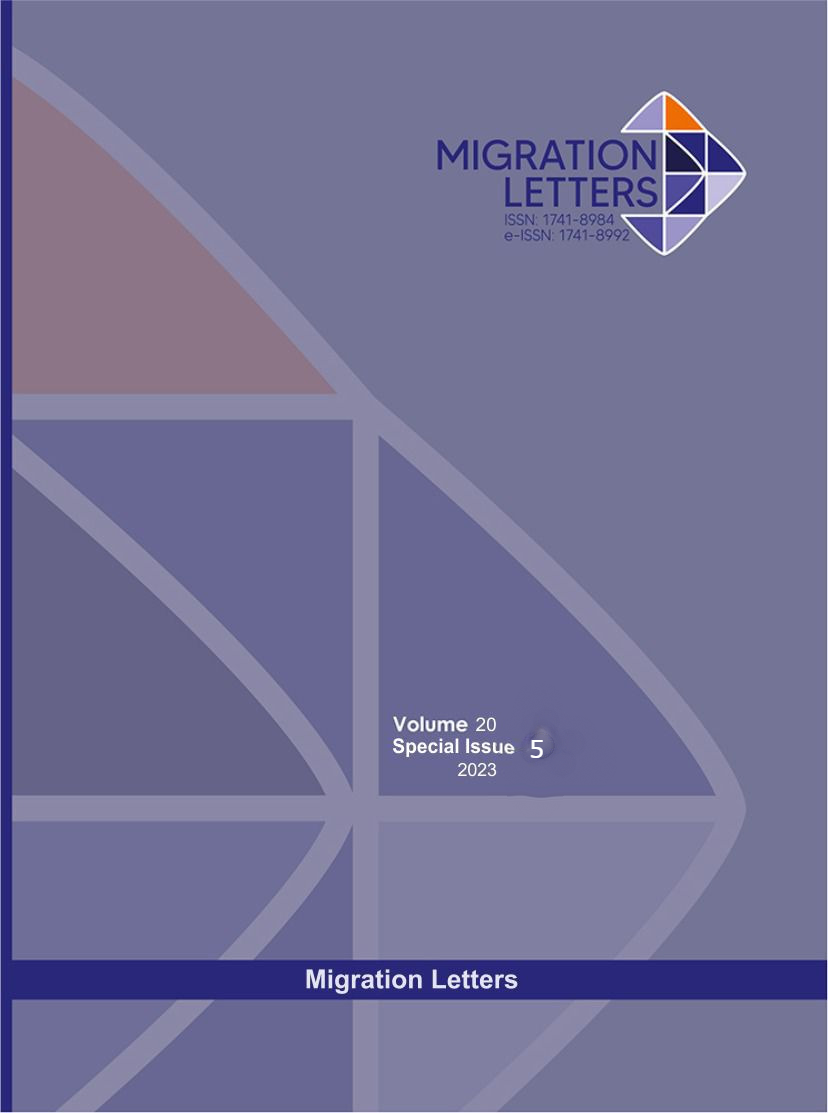The Geomorphology Class Mapping Of The Selected Area Of Bundelkhand Massif Based On DEM Using GIS And Remote Sensing Techniques
Abstract
The district Jhansi covers a 5024 sqkm area under three tehsils and eight blocks of Bundelkhand massif on a survey of India toposheet 54K and 54O. This research investigates the effectiveness of using Indian Remote Sensing (IRS) data with Geographic Information Systems (GIS) and remote sensing techniques for geomorphology classification based on slope and elevation in the Jhansi district, India. The study utilizes freely available Cartosat-2 Panchromatic and Cartosat-1 Multispect[1]ral imagery processed in ERDAS and ArcMap software. Digital Elevation Models (DEMs) extracted from Cartosat-1 data are employed to calculate slope and elevation attributes. Slope classes are established, and geomorphology is categorized based on slope and elevation combinations. The research assesses the accuracy of the geomorphology classification through ground truth verification and evaluates the potential applications of the results in diverse fields like disaster risk management, resource exploration, and agricultural planning. The findings aim to contribute to a deeper understanding of Jhansi's geomorphology and serve as a valuable resource for various applications, including land-use planning, environmental management, and disaster risk assessment.
Metrics
Downloads
Published
How to Cite
Issue
Section
License

This work is licensed under a Creative Commons Attribution-NonCommercial-NoDerivatives 4.0 International License.
CC Attribution-NonCommercial-NoDerivatives 4.0






